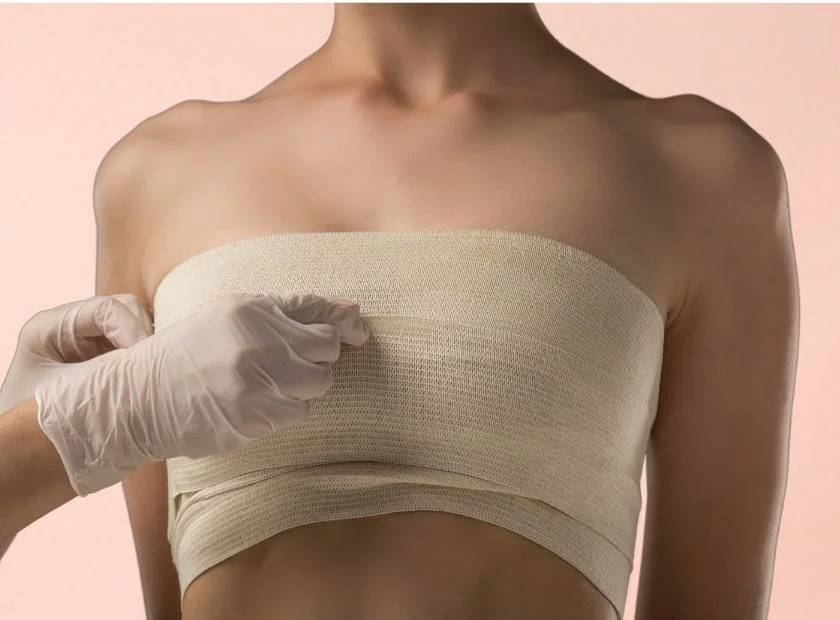Breast reconstruction is a surgical procedure performed to restore the shape, size, and appearance of a breast following mastectomy or lumpectomy due to cancer or other conditions. It can be done using implants, autologous tissue (from your own body), or a combination of both.
Timing of breast reconstruction varies and can be immediate (at the same time as mastectomy), delayed (weeks, months, or years after mastectomy), or staged (in multiple surgeries). Immediate reconstruction offers psychological benefits, while delayed reconstruction may be preferred for medical reasons or personal choice.
Implant-based reconstruction involves inserting saline or silicone implants under the chest muscle. Autologous tissue reconstruction, also known as flap reconstruction, uses tissue from other parts of the body, such as the abdomen, back, or buttocks, to recreate the breast mound.
Each method has its pros and cons, and the choice depends on factors like body type, cancer treatment plan, and personal preferences. It’s crucial to consult with a qualified breast oncoplastic surgeon to discuss the best option for your individual situation.
1. Breast Reconstruction with Implant
- Involves the placement of an implant filled with saline solution, silicone gel, or a combination of both. The implant is positioned beneath the pectoralis major muscle (retropecotal) or in front of the muscle (prepectoral). This method requires fewer interventions compared to flap reconstruction and generally lasts between 10 to 20 years.
2. Autologous or Flap
- Reconstruction Utilises the patient’s own tissue (flap) from areas such as the abdomen, back, thighs, or breast. In “free flap” techniques, the tissue is completely detached from its original blood vessels and reattached in the chest. “Pedicled flap” techniques involve moving the tissue under the skin to the chest while keeping it connected to its original blood vessels.
The surgical results are permanent, providing a long-term advantage over implants. The choice of flap type depends on factors such as the patient’s body type, breast size, and future family planning.
Preparation for Breast Reconstruction Surgery
- Follow the surgeon’s instructions, including discontinuation of certain medications like ibuprofen or aspirin.
- Smoking cessation is essential.
- Dress comfortably for the surgery day.
- Plan transportation home post-surgery and make arrangements for the initial recovery days.
Post-Operative Care
- Expect fatigue in the days following the surgery, necessitating assistance.
- Arrange for someone to help during the initial recovery period.
- After the first week, patients typically regain the ability to care for themselves.
This comprehensive approach ensures not only the physical restoration of the breast but also addresses the emotional and psychological aspects of the patient’s well-being. The decision to undergo breast reconstruction is an empowering and individual choice, allowing patients to reclaim a sense of normalcy after breast cancer surgery.
Combining cancer and reconstructive surgery in one operation offers several benefits, including reduced anaesthesia time and a smoother recovery. Additionally, for those undergoing breast reduction, this approach can enhance the effectiveness of post-surgery radiotherapy, particularly for individuals with larger breasts.
Recovery from oncoplastic surgery typically occurs either on an outpatient basis or with a short hospital stay. Some discomfort and numbness around the breasts and armpits are normal and manageable. I provide comprehensive post-operative instructions, including guidance on drain management and signs of potential complications.
As your oncoplastic breast surgeon, I provide you with personalized care and treatment. Your well-being and satisfaction are my top priorities, and I’m here to support you throughout your journey to breast health and recovery


